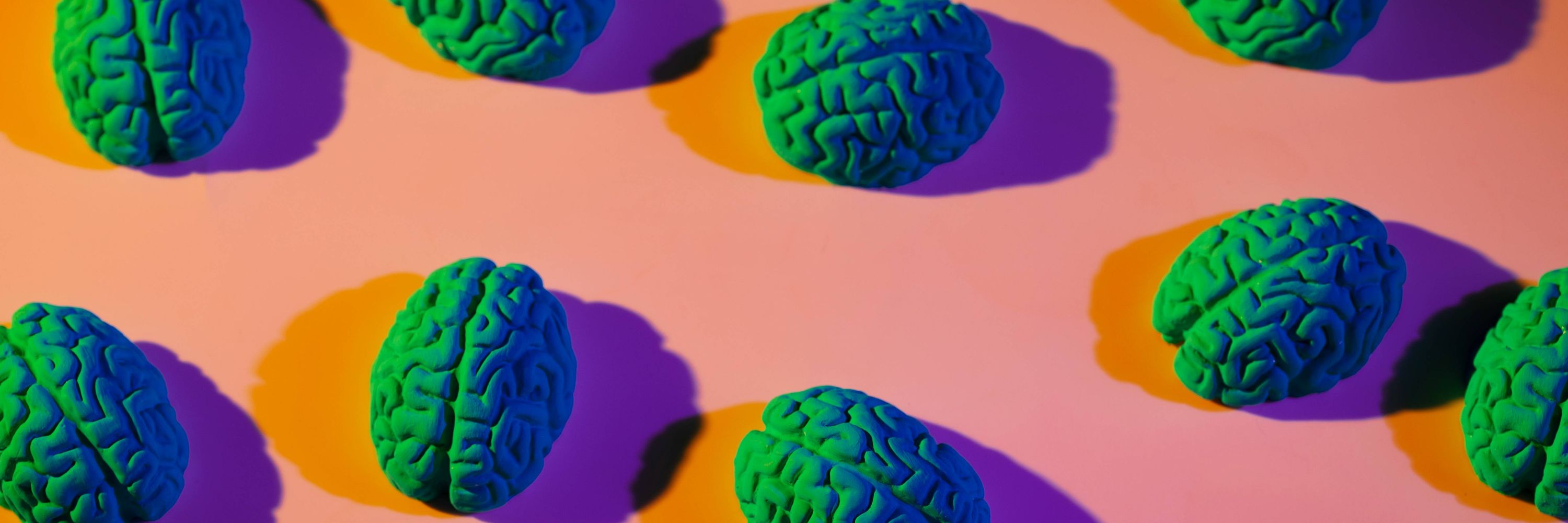
www.biorxiv.org/content/10.1...
@introspection.bsky.social + @escross.bsky.social

www.biorxiv.org/content/10.1...
@introspection.bsky.social + @escross.bsky.social







www.sciencedirect.com/science/arti...


Her research studies the role of naturalistic social interaction in human learning and model the behavioural and neural dynamics that support this process.
Read the full interview at the link below:
👉 buff.ly/yzDQLA6

Her research studies the role of naturalistic social interaction in human learning and model the behavioural and neural dynamics that support this process.
Read the full interview at the link below:
👉 buff.ly/yzDQLA6
#flux2025 in #Dublin twice. Tickets are from #Naples to #Dublin and from #Dublin to #London x2 adults + infant + x2 10kg bags. Dates and destinations (and passenger name) can be changed for a fee. Contact me if interested!
Please share!


Learning emerged from non-linear brain-gaze coupling and asymmetric neural dependencies suggesting mutual prediction. Full thread below ⬇️

Learning emerged from non-linear brain-gaze coupling and asymmetric neural dependencies suggesting mutual prediction. Full thread below ⬇️
We take an ecological and multimodal neuroscience approach to study mutual prediction and social coordination when learning with others.
It took 5 full years for this one! Full open-access pre-print: osf.io/preprints/ps...
We take an ecological and multimodal neuroscience approach to study mutual prediction and social coordination when learning with others.
It took 5 full years for this one! Full open-access pre-print: osf.io/preprints/ps...
@islalj.bsky.social @chiarabulgarelli.bsky.social @paola182.bsky.social @antoniahamilton.bsky.social
@islalj.bsky.social @chiarabulgarelli.bsky.social @paola182.bsky.social @antoniahamilton.bsky.social
👉🏻 SWITCH: pvrticka.com/switch-proje...
Deadline: 01.06.25
Start: 01.10.25
vacancies.essex.ac.uk/tlive_webrec...
👉🏻 SWITCH: pvrticka.com/switch-proje...
Deadline: 01.06.25
Start: 01.10.25
vacancies.essex.ac.uk/tlive_webrec...
Ad is here (www.jobs.ac.uk/job/DMN891/r...). DM if you have any question!

Ad is here (www.jobs.ac.uk/job/DMN891/r...). DM if you have any question!
#MSCA #EuropeanCommission #Horizon
With a budget of €417 million, we are funding nearly 1,700 researchers from 🇪🇺 and beyond.
They will strengthen EU research in key areas such as social inclusion, AI, and cancer research ↓
europa.eu/!BmWRkh

#MSCA #EuropeanCommission #Horizon


